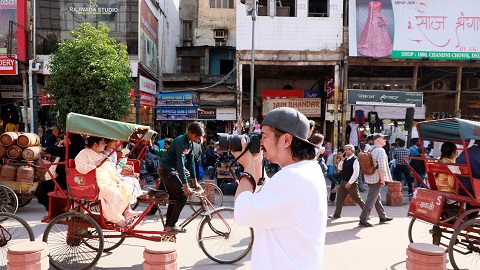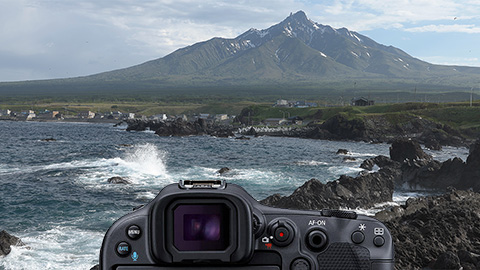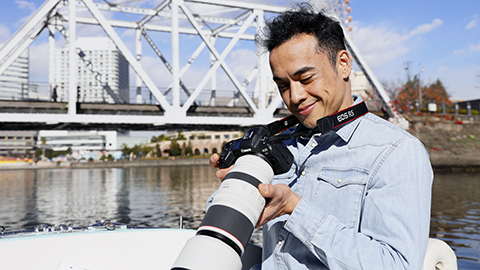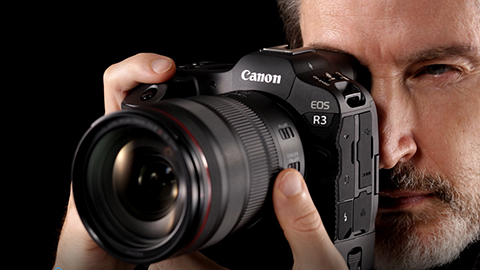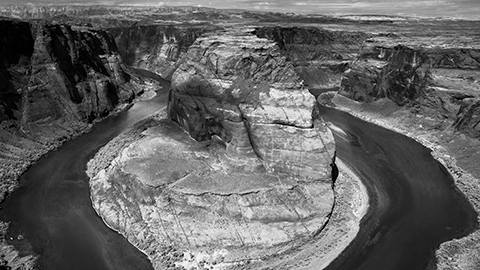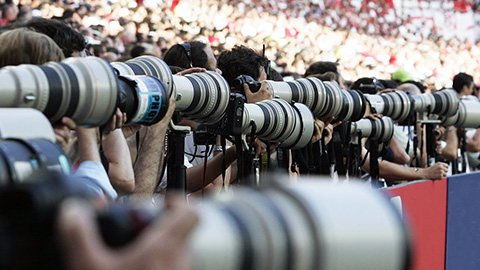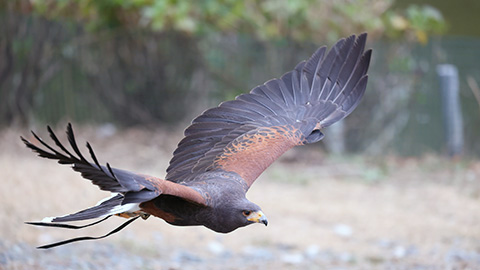Maintaining Trust in the Canon BrandVol. 8 New image stabilization to expand the field of handheld shooting

suppressed camera shake enables the night view and its reflection on the water surface to be clearly captured.
EOS R6・RF 24-105mm F4 L IS USM・F16・8 sec.・ISO100
When you try to photograph the moon or stars in the night sky, city lights or shimmering nightscapes, or when you zoom with a telephoto lens, or when you take close-up macro shots of flowers or insects, even if you think you held the camera firmly with your hands and pressed the shutter carefully, you’ve probably been disappointed when you later notice that the shot is blurry.
This is mainly due to camera shake. Even professionals can't completely avoid camera shake when shooting hand-held. A tripod can prevent this, but you'll probably miss the perfect shot while you’re setting it up.
Great progress is being made to eliminate camera shake in both bodies and lenses, enabling anyone to take clear pictures with hand-held shooting.
Three types of camera shake
There are three types of camera shake:
They are "angle shake" caused by the vertical or horizontal rotation of the camera, "shift shake" caused by the parallel shift of the camera, and "roll shake" caused by the camera rotating about the center axis of the lens. For example, roll shake commonly occurs when pressing the shutter button, causing one side of the camera to tilt downward.
Among them, angle shake affects photos the most. The farther away the subject, the greater the effect of angle shake. The effect of shift shake becomes more apparent the closer the subject is to the camera during macro shooting.
Nowadays, angle and shift shake can be considerably corrected by adjusting the direction of light in the lens in response to the shake movement, made possible by the evolution of optical (in-lens) image stabilization technology.
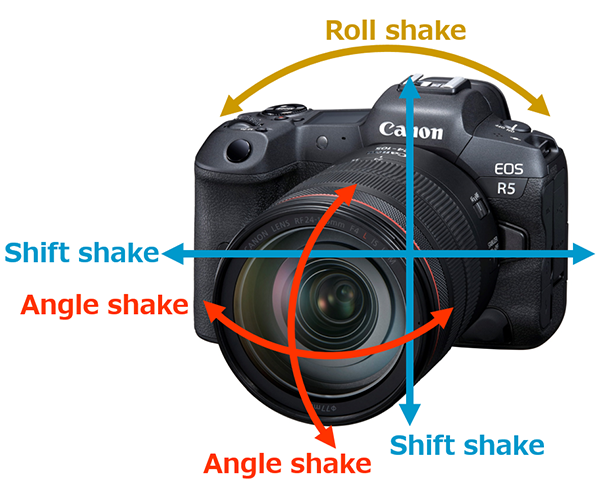
However, the resolution of these two types of camera shake made roll shake, which especially affects the peripheral image* of photos, more noticeable. Unfortunately, roll shake cannot be eliminated by conventional optical image stabilization, which is performed by changing the direction of light. Imagine a magnifying glass. Rotating it around the center axis of the lens doesn't change what you see through the magnifying glass. Though the roll shake is caused by camera rotation, it can’t be solved by rotating the lens in reverse.
- *The edge areas of the image
Moving the target instead of aiming the arrow
If the lens can't solve roll shake, then the only option left is the camera body. Thus, the engineering team decided to develop an in-body image stabilization mechanism. Moreover, instead of an image stabilization mechanism that works solely within the camera body, they aimed to achieve in-body image stabilization that allows combined control with optical image stabilization which had already achieved high level of perfection.
Developing an in-body image stabilization mechanism meant creating a mechanism to move the image sensor, previously perceived by Canon as something that must be held firmly in place and immovable. When the sensor moves, the flexible printed circuit board (FPC) that connects the image sensor to the main board also moves. Therefore, the FPC requires more flexibility and durability. The aperture of the shutter unit must be widened so that a sufficient amount of light can reach the image sensor, even if it moves. Precise measurements were needed that the motion of the image sensor doesn't adversely affect autofocus function.
As development began, many team members were daunted by the challenge, and not confident they could this feature a reality.
Image sensors and their peripheral components used to consist of relatively massive parts, which made it difficult to follow minute and fast movements of camera shake. Therefore, Canon developed not only a new package structure around the image sensor, but also other peripheral components to reduce weight and enable precise movement.
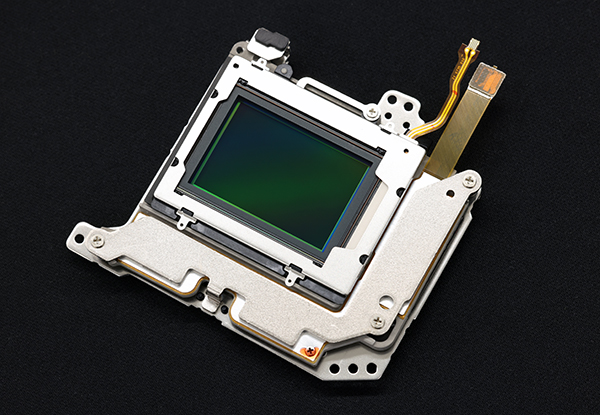
Freeing photographers from camera shake
The development of highly combined body-lens control posed an additional challenge to the development team. Image stabilization of both lens and body had to work perfectly while mutually coordinating, regardless of the vast range of lens and body combinations. The efforts made to achieve this developed into a massive undertaking that involved all development and manufacturing departments—spanning electric, control, mechanics, optics and manufacturing technologies. If even one of the many wide-ranging challenges were unable to meet their requirements, Canon-quality combined IS control would not be realized. Although some members were daunted by this massive challenge, the team continued to work tirelessly in cooperation with each participating division. While continuously sharing technical issues that lacked precision with all related divisions, and solving each problem one by one, the body development division and lens development division, which are usually independent, worked in ever-closer cooperation.
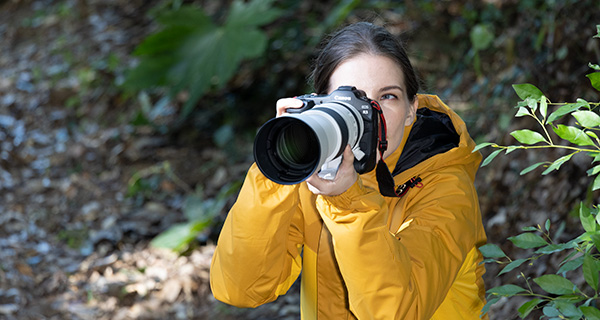
The severity and degree of camera shake greatly depend on the photographer's subtle quirks. Therefore, the engineering team asked a wide range of people, from camera beginners to highly experienced users, to demonstrate how they hold their cameras and shoot. Engineers thoroughly analyzed subjects’ camera shakes in order to find out how angle, shift, and roll shakes combined. Based on the myriad types of handling, they optimized the combination of corrections performed through in-body and optical image stabilization. Using tens of thousands of hand-held photographs taken in the lab, engineers thoroughly repeated performance evaluations, eventually perfecting the image stabilization function that, when combined, didn't lead to adverse effects . A number of tests with realistic shooting scenarios were also conducted, including such environments as cityscapes at night and waterfalls. In the waterfall scenario, they encountered the problem of not being able to capture the kind of photo they intended: a photo that depicts flowing water like countless threads flowing across a stationary background. For each problem, including this one, the team investigated the cause and took measures to correct it, repeating evaluations under various shooting conditions to stabilize the quality of the features they were developing.
Making previously impossible hand-held shots possible
Through these efforts, Canon perfected the first in-body image stabilization function that achieves high performance with combined in-body and optical image stabilization. This feature was introduced in the EOS R5 and R6 cameras, released in 2020, followed by the EOS R3 in 2021, and the EOS R7 and R6 Mark II in 2022.


Thus, handheld shooting can now capture clear photos, even with the slow shutter speeds used at night. This function has been well received by customers, many of whom say they can now capture photos that were previously impossible without a tripod.
Canon will continue its efforts to expand the possibilities of photography in order to provide as many people as possible with the joy of capturing beautiful photos that were previously impossible.

